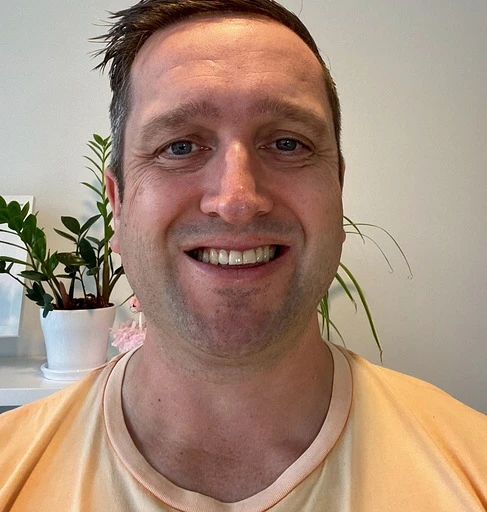A keynote from Peter DeSantis always promises an expert guided tour of some of the inner technical workings of the AWS platform. In the past this has included in-depth explorations of the AWS Nitro System, the AWS Graviton2 processors, and AWS’ global fiber infrastructure. This year, Peter dove into the recently announced Amazon S3 Glacier Instant Retrieval, Graviton3, AWS Nitro SSD, and Trainium-based instances, as well as touching on Amazon’s efforts towards 100% renewable energy use.
Amazon S3 Glacier Instant Retrieval
Starting with the recently announced Amazon S3 Glacier Instant Retrieval storage class, Peter discussed the challenges of massively scaled distributed data systems, combined with the challenges of hard disk storage. Using Erasure Coding to spread massive data repositories across similarly massive data storage arrays, AWS is able to eliminate hot spots and provide high performance, low latency access to data. A fun fact Peter provided was that tens of thousands of customers have huge S3 buckets that are spread across millions of disk drives, giving a true sense of the scales involved. S3 Glacier Instant Retrieval allows for customers to take advantage of the reduction in cost offered by cold storage, while still giving the low latency access as hot storage. For data accessed only once per quarter, savings over the S3 Infrequent-Access storage class can be up to 68%.
AWS Nitro
Next up was an exploration of what block storage looks like in AWS, and the improvements that the AWS Nitro system has brought. After walking through the complexities of SSDs, and in particular the challenges of consistent access performance, Peter offered a glimpse of the new Nitro SSD hardware that powers both the io2 Block Express volume types, and the just pre-announced i4i instances. io2 Block Express volumes, made generally available this Summer, allow for up to 256k IOPS, and are particularly well-suited for database workloads.
Graviton3
Graviton3 was Peter’s next stop, highlighting the improvements over last year’s Graviton2 – up to 25% improved performance on many workloads. He discussed in detail the challenges that AWS has faced in developing custom silicon, and how their focus has been driven by real-world workloads, rather than “sticker stats” like processor speeds. Of course, all this ties back to the C7g instances announced in Adam Selipsky’s keynote on Tuesday. These instances offer support for bfloat16 instructions, as well as being the first to support DDR5 memory technology for 50% more bandwidth than DDR4.
Amazon EC2 Trn1 instances
After walking through a high-level overview of Machine Learning, including a math party analogy speaking to the geeks in the crowd, Peter broke down some of the purpose-built ML instances available currently with AWS – from the Inferentia (Inf1) instances, to the new C7g instances, and then the Trn1 Trainium-based instances announced earlier this week. Trrn1 instances are optimized specifically for deep learning and use the Elastic Fabric Adapter to reduce network latency during model training.
Renewable Energy Adoption
Wrapping up the keynote, Peter gave a quick update on Amazon’s drive towards adopting renewable energy. The all new Graviton chips offer ~60% better power efficiency, significantly reducing the energy needed to power workloads. Amazon also updated their goal of achieving 100% renewable energy operation by 2025, 5 years sooner than their original target of 2030. All new renewable projects in Europe, Japan, and South Africa have also been launched. Lastly, Peter announced that AWS will be providing customers with an AWS Customer Carbon Footprint Tool, allowing them to understand what their current carbon footprint is, as well as what their forecasted footprint will be, taking into consideration Amazon’s efforts to adopt more and more renewable energy. More information on Amazon’s efforts can be found on their sustainability web page.
If you’re looking for help with leveraging AWS for your cloud native initiatives, get in touch with our team!




